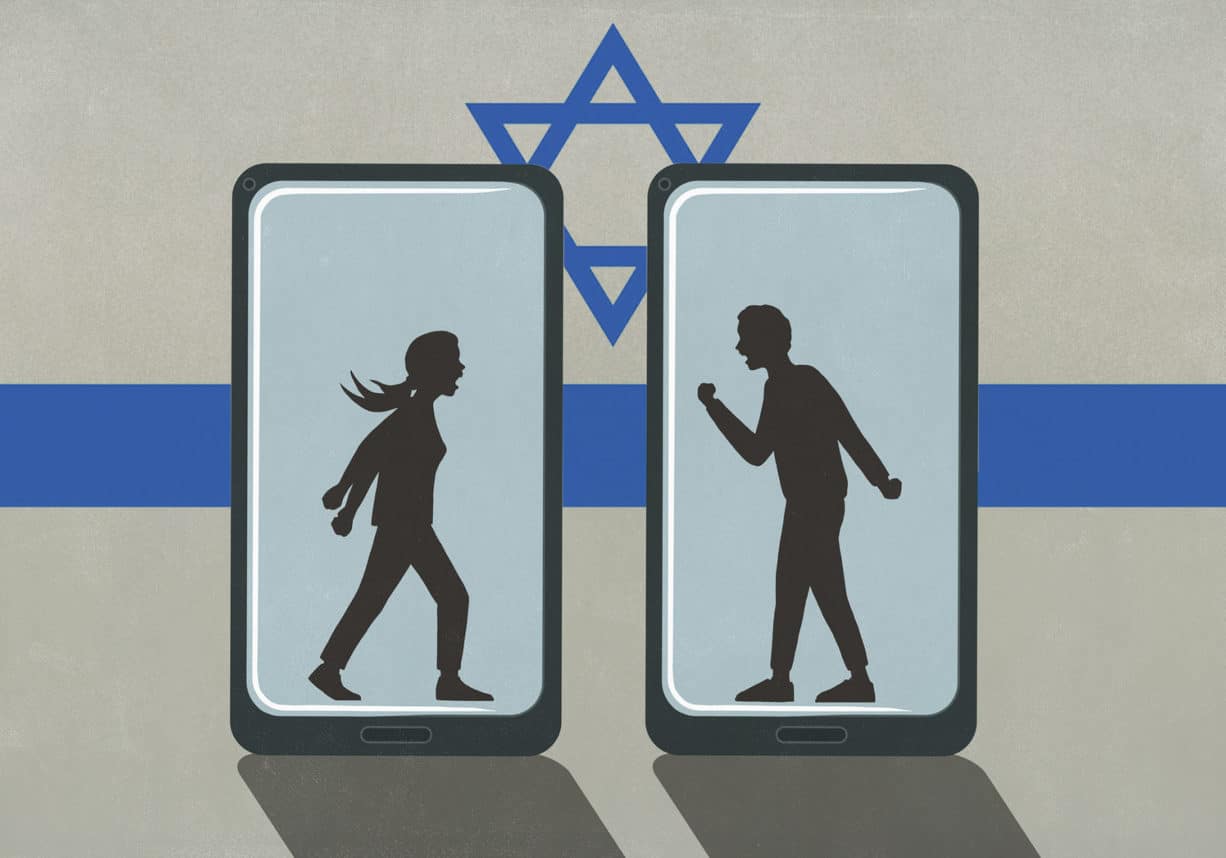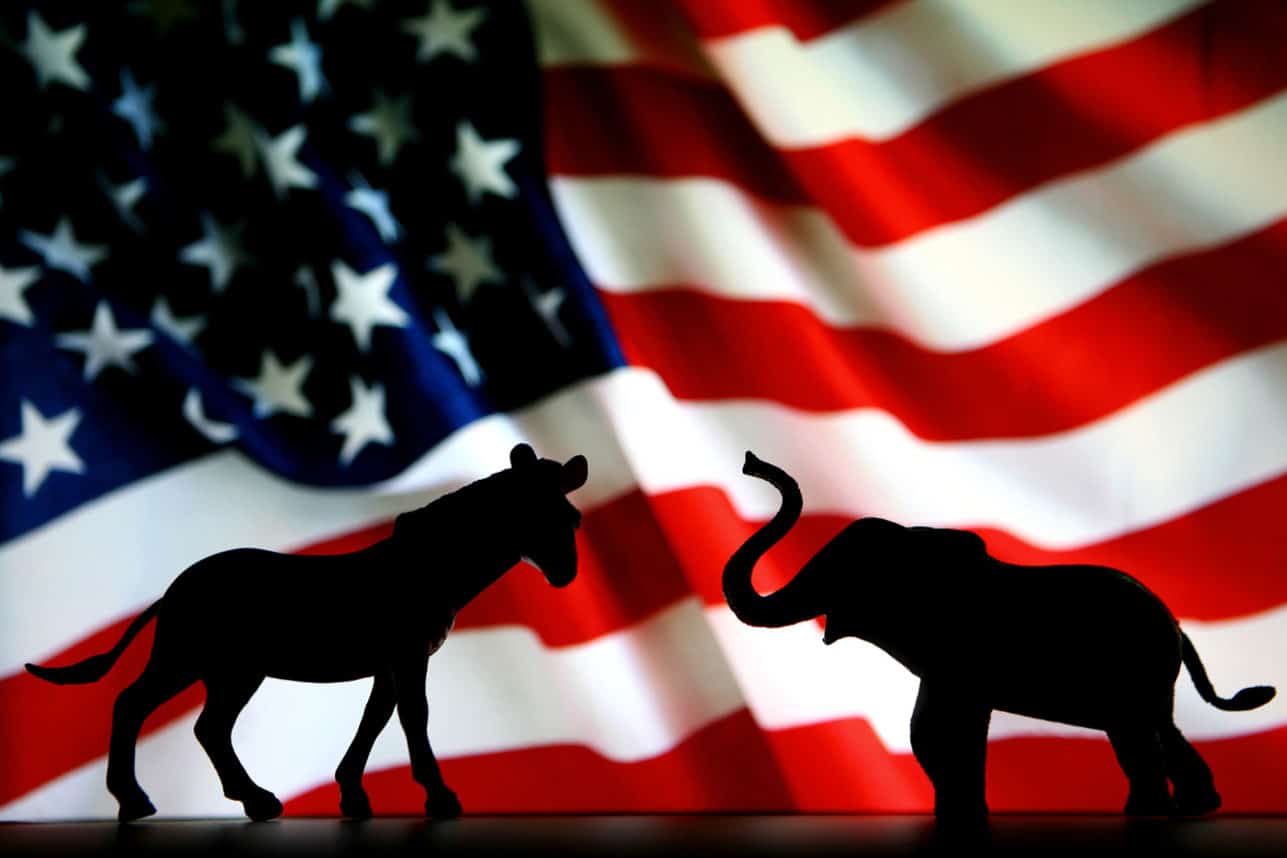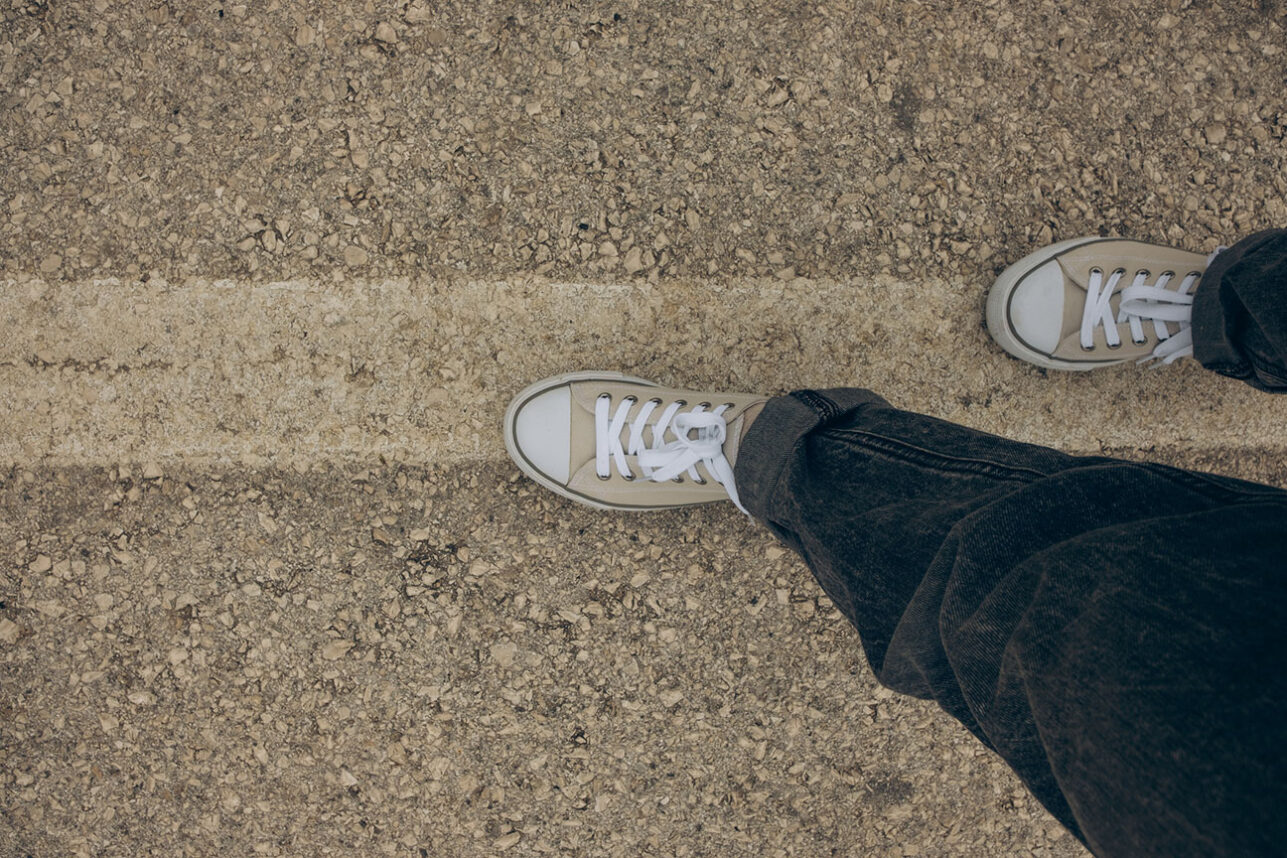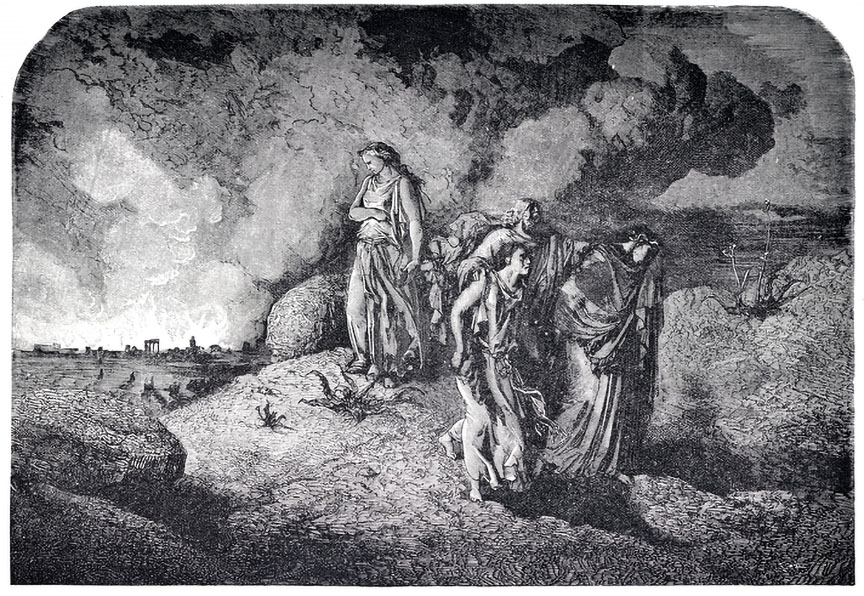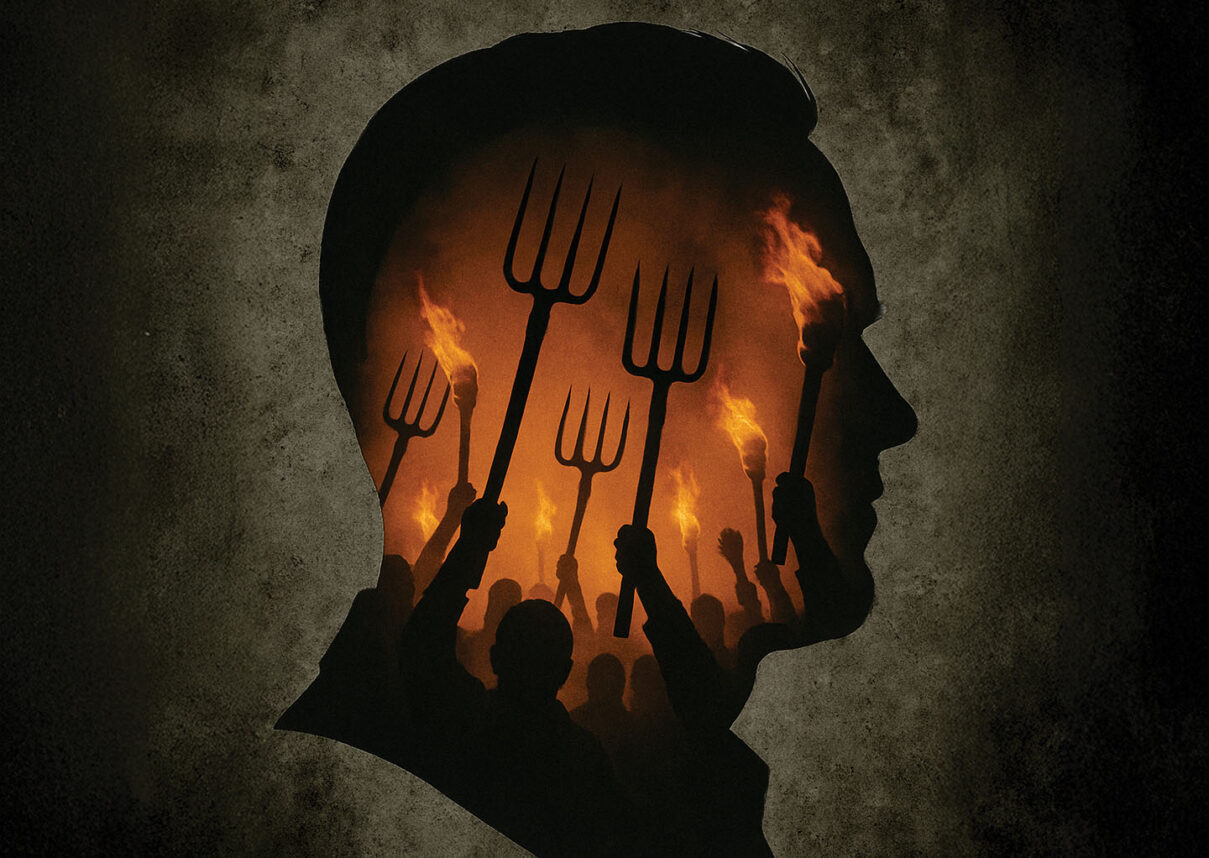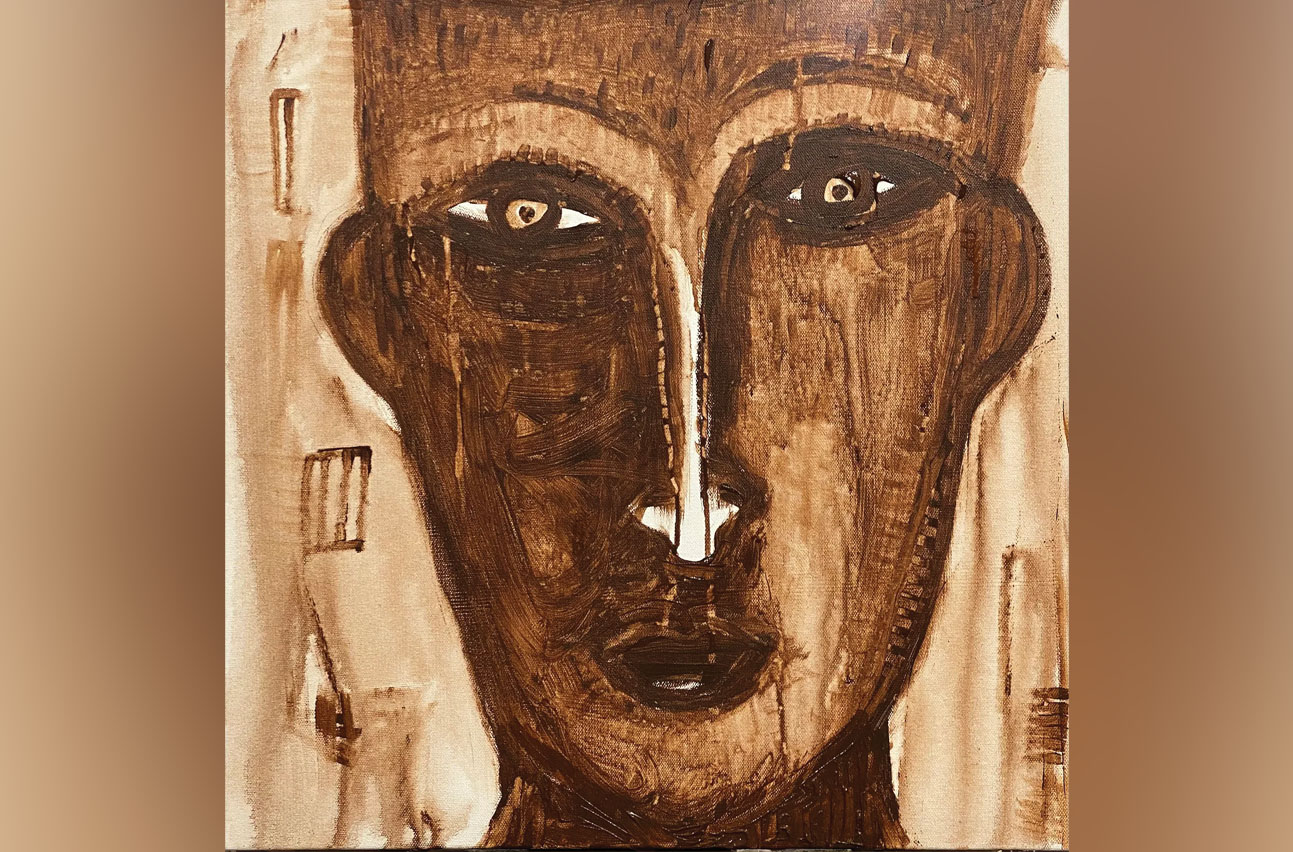
I have a pretty paralyzing fear of heights. Ask me to walk across New York’s George Washington Bridge and I’m hard pressed to take even three steps forward towards New Jersey. I wouldn’t bungee jump for a billion dollars. And should you find me at an amusement park, I’d be happy to hold your drink on terra firma while you enjoy the heights of a Ferris wheel. Perhaps that’s why I’ve always been fascinated by Jacob’s ladder, scaled by unafraid angels, its top reaching all the way to the sky.
As described at the beginning of this week’s parsha, Vayeitzei, the biblical patriarch, having absconded with the birthright from his vengeance-seeking brother Esau, spends a night alone in the mountains of Canaan on his way to his uncle Laban. There, resting his head on rocks, Jacob experiences a revelation from God — “He had a dream: behold a ladder standing on the ground, its top reaching up toward heaven. And behold, angels of God were ascending it and descending it.”
Who were these divine beings, exactly, and what did their steps symbolize?
Suggestions have varied over the centuries, as numerous as those rungs ascending heavenward.
Some interpreters focused on picturing the ladder itself. It must have been 8,000 parasangs wide, suggested the Talmud, broad enough to fit two giant angels heading in each direction. Why does the Bible list them as going up before mentioning others were descending, if those winged wonders usually originate from up above? Must have been that Jacob was catching a glimpse of the previously invisible protective figures that had been accompanying him in the Holy Land. As he ventured beyond its borders, a new troupe of Diaspora-based divine beings had to come down to take their place.
And who exactly were those mystical beings returning upwards? One midrashic collection posited they were the nefarious Nephilim of Genesis 6, the mysterious “sons of God” whose misbehavior had preceded Noah’s flood. Having fallen to earth as punishment, they were now allowed, years later, to head back to their upstairs home. The Midrash Sechel Tov, alternatively, proposed they were the angels Gabriel and Raphael, who had been sent to destroy Sodom during the days of Jacob’s grandfather, Abraham. Their unsanctioned warning to Abraham’s nephew Lot that they were to destroy the city resulted in Lot’s survival and left them punished by not being allowed back into heaven for over one hundred years.
Other keen-eyed readers have pointed out that the ladder contrasts with the Tower of Babel, that earlier structure bridging ground and sky. This time, unlike then, it is God who initiated the connection. He selected one individual’s family to represent His mission after mankind’s earlier efforts to aggrandize itself through a building project had ended in a scattered society and garbled tongues.
Perhaps it foreshadowed episodes to come, piped in other voices. Jacob’s vision prefigured the eventual giving of the Torah. After all, the gematria (numerical correspondence) of the letters of “ladder” and “Sinai” were the same. Those angels? They were previews of Moses and Aaron, Israel’s lawgiver and High Priest.
Alternatively, the fixture reaching skyward stood for sacrifices Jews would later bring on the Temple’s altar, their fragrances wafting to the heavens. The angels represented the officiating priests. And the site of the fateful dream itself? Must have been the eventual Temple Mount, where Abraham had earlier nearly sacrificed his son Isaac. Those ascending angels – well, they were obviously on their way to bring God towards His eventual earthly abode.
Taking an opposite tack, Pirkei DeRabbi Eliezer suggested the angels symbolized not spiritual bliss but Jacob’s descendants’ historical oppressors — Babylonia, Media, Greece, and Rome. Pesikta DeRav Kahana laments Jacob’s hesitation to ascend the ladder himself, leading God to respond “if you had believed me and ascended the ladder you would never have descended, now that you did not believe me and did not ascend, you and your children will be enslaved to the four nations in this world.”
During the vision, some ancients assumed, Jacob met the as-yet-unborn prophets Jonah and Elijah – after all, the former had sunk to the depths of the earth, where the ladder began, and the latter ascended to heaven in a chariot, where it ended.
To the 14th-century Spanish sage Rabbeinu Bahya, the true meaning of the dream lay in its encouraging the study of the celestial spheres themselves. “The angels,” he offered, “exert their influence on the tier of the planetary system, which in turn exert their influence on the creatures in the terrestrial part of the universe. In other words, all the creatures in the terrestrial universe are subject to the direct influence of the planetary system.” The nighttime vision was a nudge to study astrology.
Maimonides saw the upwards movement as a metaphor for prophecy. Those who achieve the ability to receive messages from God must teach people from their positioning between heaven and earth, navigating the spiritual and material worlds.
To Immanuel of Rome, the medieval Italian poet and theologian, the ladder stood for the intellectual path one needed to climb to reach God. Its rungs, he submitted, were formed from the branches of the Tree of Life, originally planted in the Garden of Eden. By advancing towards a higher intellect, we follow the “path good for the thinker who bypasses his descent to Hell by ascending the ladder of wisdom.”
For the hasidic master known as the Sefat Emet, the analogy was to our bodies. The steps, one upon the other, were “like a head, a body, arms, feet,” which grow and sag, ascending and descending over time. The soul however, remains ever-present as the heavens.
The 19th-century scholar known as the Malbim garnered that the ladder demonstrated humanity’s capacity to manifest godliness. “All the actions that he performs in this world go up to heaven, and cause blessings to come from heaven downwards to the earth.” To the Malbim’s contemporary the German Rabbi Samson Raphael Hirsch, it was a reminder that our deeds are watched and assessed, and we are judged accordingly – “these messengers of God go up the ladder to get a picture of the idea of humanity, how human beings really should be, and then come down and compare what they find here below. [They decide] according to that standard, whether to behave in a friendly assisting manner towards any particular member of mankind, or in very much the reverse way.”
Perhaps the revelation was the sight of a prayer answered. Per Rabbi Joshua, “Jacob’s prayers ascended the Heavens via the ladder and in response to his supplications salvation was sent down to him.” The 20th-century thinker Rabbi Norman Lamm saw in its steps the means of reassuring a fearful Jacob on his journey. “The ladder is a symbol of Jacob’s attachment to God,” he explained in a 1966 sermon, “like a ladder, he can make his way, step by step, until he reaches the highest point of communion.” Rabbi Jonathan Sacks saw this as a model for not only Jacob’s prayers, but all of ours: “Prayer,” he wrote, “is a ladder stretching from earth to heaven. On this ladder of words, thoughts and emotions, we gradually leave earth’s gravitational field. We move from the world around us, perceived by the senses, to an awareness of that which lies beyond the world – the earth’s Creator.”
No doubt such an understanding resonated with the artist Marc Chagall. His “Jacob’s Ladder” (1973) depicts white angels the only source of brightness as they rescue Jews from a darkened Eastern European shtetl. Decades earlier, the painter had been captured by Vichy French authorities, but was miraculously rescued from the clutches of the Shoah.
Rabbi Joseph Soloveitchik preferred the tradition that Jacob’s physical body was mirrored in mystical form at the ladder’s endpoint – God’s divine throne. A talmudic tradition had asserted that the angels were jealous of heavenly Jacob’s prime positioning. Luckily, God stood “over Jacob to protect him from the angels like a man who waves a fan over his son to cool him down.” “Because Jacob was without sin,” Rabbi Soloveitchik reflected, “the images of the ideal Jacob etched on the throne and the real Jacob on earth were exactly the same. Sin splits the personality into impure and pure components. Judaism desires the unity of the individual, in keeping with the imperative to maintain the image of God. Imitatio Dei is the foundation of human existence.” The ladder, in other words, is meant to encourage us to lean into our spiritual potential as beings created in God’s image.
The details of Jacob’s dreamtime vision will no doubt continue to be debated, just as sure as we spend our days ascending and descending simultaneously in so many varied realms. In the meantime, I will gladly offer my moral support and encouragement as you climb to your roof to retrieve the ball my son just tossed up there. Sorry about that.
Rabbi Dr. Stuart Halpern is Senior Adviser to the Provost of Yeshiva University and Deputy Director of Y.U.’s Straus Center for Torah and Western Thought. His books include “The Promise of Liberty: A Passover Haggada,” which examines the Exodus story’s impact on the United States, “Esther in America,” “Gleanings: Reflections on Ruth” and “Proclaim Liberty Throughout the Land: The Hebrew Bible in the United States.”


